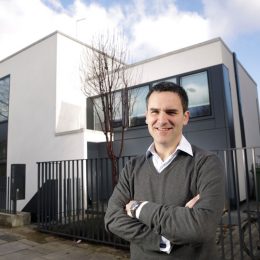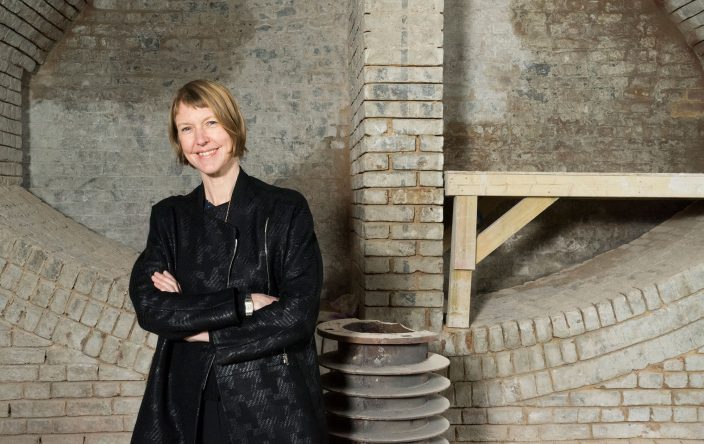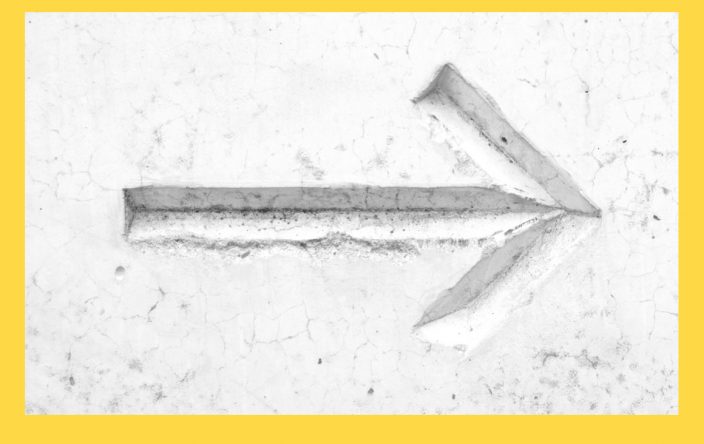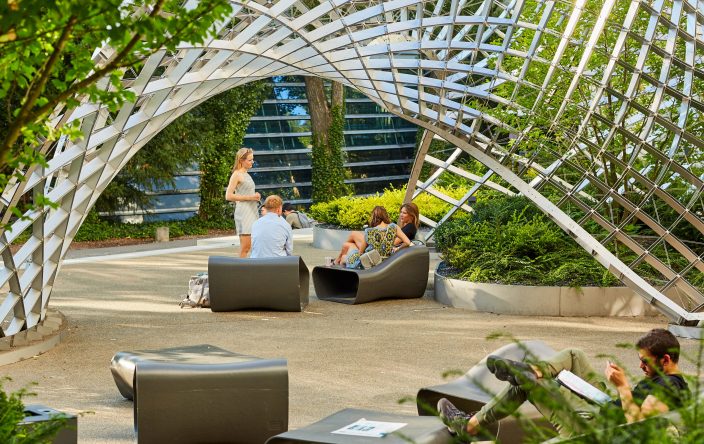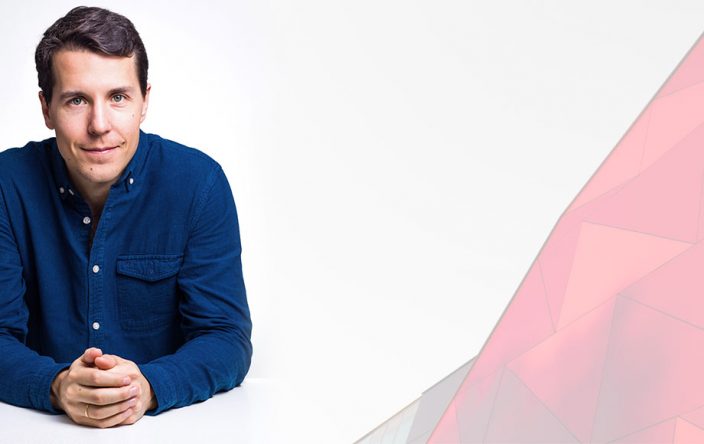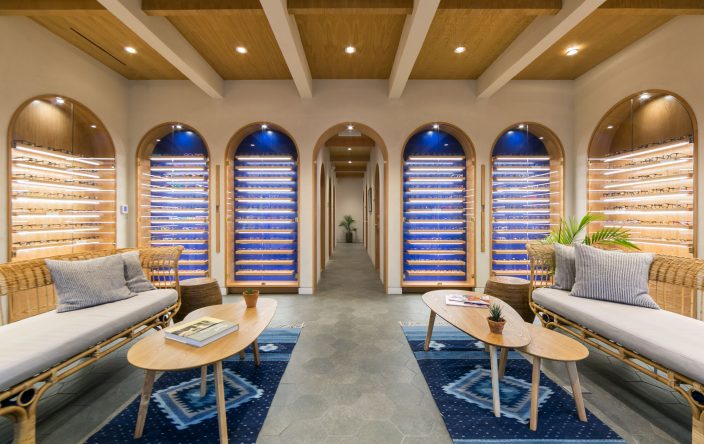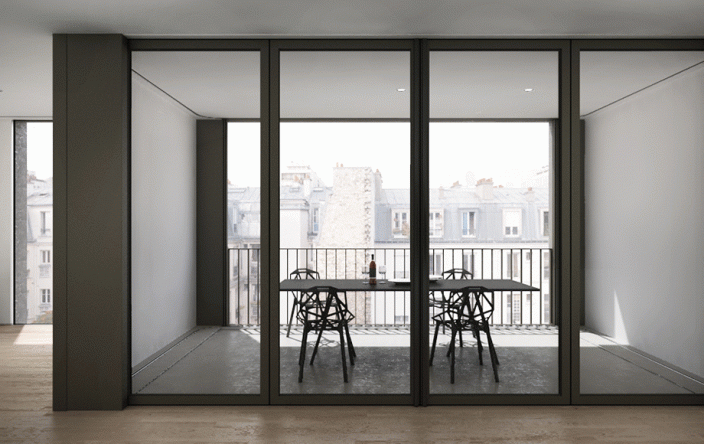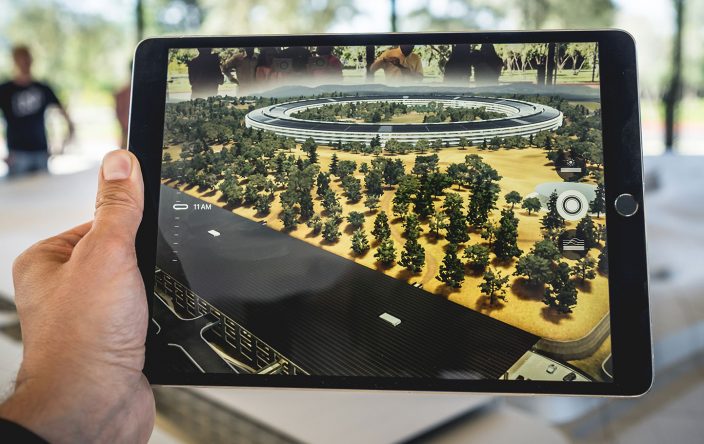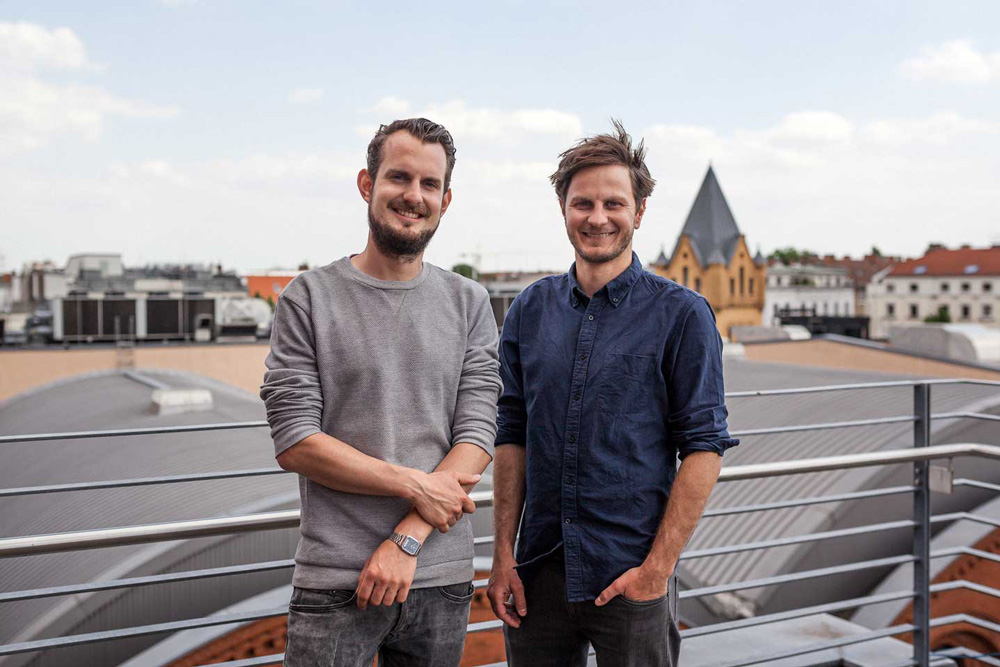
How to Finance your Architectural Prototype Through Crowdfunding /w CABIN SPACEY
A very warm welcome to Archipreneur Insights, the interview series with the architectural, design and building community’s movers and shakers. In this series we get to grips with their opinions, thoughts and practical solutions and learn how to apply their ideas to our own creative work for success in the field of architecture and beyond.
This week’s interview is with Simon Becker and Andreas Rauch, founders of CABIN SPACEY.
The Berlin-based startup jumped on the trend of tiny houses coming from the US. But they added an innovative approach to where in a city they would place them.
And so a new genre for urban living was created. These cabins will be located on cities’ existing and yet unused spaces – rooftops, parking decks, gable walls and temporary lots.
The two architects of CABIN SPACEY have recently completed a successful crowdfunding campaign on Indiegogo, where they raised enough money to build the first prototype.
CABIN SPACEY’s cabins are modular, and built with a functional unit that provides a bed, bathroom and kitchen in one innovative block. The cabins are minimally invasive and can be either temporarily or permanently installed. Their size and shape make them ideal to transport and mass produce as standard products.
The concept of these resource-efficient cabins gives a young generation of singles and couples the flexible housing solution they deserve, and enables cities to keep up with growing demand for sustainable urban spaces and to maintain their own commitment to a smart, green agenda.
Keep reading to learn how these two architects started their own business, how they managed their successful crowdfunding campaign, and what their next steps will be.
I hope you enjoy the interview!
What are your respective backgrounds and when did you partner up?
Simon: I myself studied Architecture in Hamburg and Berlin, and fell in love with the field at first sight. But I always had my head around different things – Smart Cities, urban mobility, ecological designs – and I had a great enthusiasm for innovation and change.
Andreas is a true-bred architect with six years of professional experience on his back. Without any bells and whistles, we established CABIN SPACEY in April 2016 with a few pieces of paper and our signatures – fairly unsexy, but the company was founded. Done!
What made you decide to found CABIN SPACEY? Was there a particular moment that sealed the decision for you?
Andreas: We had the mindset that we wanted to feel free to make a choice: A boss, who is rather an artist and designer than a good manager, long working days, a poor salary, and a reward for the heart. Or: We would accept the challenge and climb into the ring ourselves and take the risk and responsibility to pursue a path that hadn’t been explored before.
Founding CABIN SPACEY was just a means to an end. The concept is all that really matters. You shouldn’t fall into the trap of confusing self-employment with entrepreneurship. It was more the idea of the business that wouldn’t let us go. We gave it a whole year to mature, grow, and become a sharper concept before we stepped into full time entrepreneurship.
Founding a company you believe in is a powerful tool for taking action and realizing the projects you really want to see in this world.

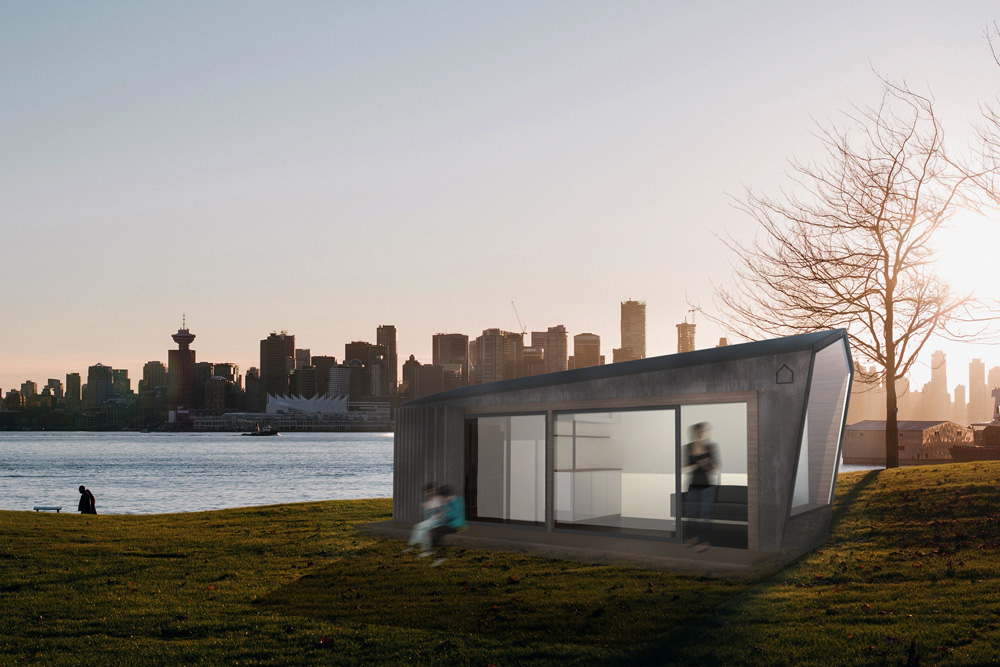
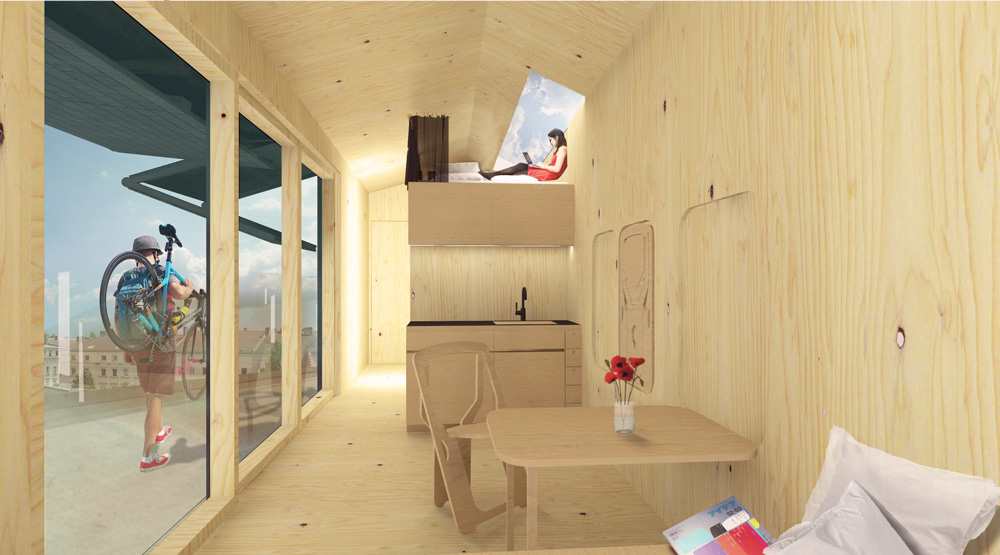
How do you finance your startup?
Simon: Apparently, that’s a key question for everyone toying with the idea to found something. There is absolutely no advice we can give, except to start! Just start your project, no matter how small or how slow, just start. Not being financed is not a nice thing – and it’s definitely not very German – but it shouldn’t stop you from taking action. We financed CABIN SPACEY through side jobs, previous clients, part-time jobs, maintaining websites, financial leftovers, and some love money (money you can access because there are people who love you!).
But we have always seen this as being part of the game. When I do a job for someone else now, I do it as CABIN SPACEY – no matter if it is as a bartender or a professional planner.
Now we’re starting to get our first orders and so we were crowdfunding. But here again – there’s no free lunch. To think that crowdfunding (especially donation-based) would just finance you and the start of your company without any prior grounding is a complete illusion.
You are raising money to build the first CABIN SPACEY prototype on the crowdfunding platform indigogo right now. Can you tell us a little about your process to get the crowdfunding campaign going? How much preparation time was necessary? Any dos and don’ts for our readers?
Simon: Crowdfunding has become unbelievably popular. It seems the golden way to get seedfunding for your project but to really get there you have to do a lot of homework. First, you have to know that there are different forms of crowdfunding, and that not every project is suitable for it.
Andreas: If you are in a really early stage of your business, you can compare crowdfunding to ringing a bell at your entire family, friends and neighbors, and asking them to give you money. Because that is exactly what you will do while you’re running the campaign.
Speaking from our own experience, it’s hard enough to make your friends back your idea and close to impossible to find strangers to contribute – especially in Germany. Even if you have very media attention like we had. But we were lucky to partner with smart in the “smart urban pioneers” competition, so we had a professional film crew, photographer and writer on board.
Producing this material needs care, time and deliberation; one shouldn’t underestimate that. The more time you have to focus on the preparation, the better your campaign will feel and the more fun you will have in promoting your baby.
Dos: If you and your product or service are able to inspire and excite people, you’re ripe for crowdfunding. Having an elaborate structure planned beforehand for the duration of the campaign is key. If you just leave everything to chance, you didn’t do your homework properly. Planning, planning, planning is our advice.
Don’ts: Choosing crowdfunding only because you don’t know how else to finance your project!

You have now raised the money necessary to build the prototype through your campaign. What are your next steps?
Andreas: We locked the doors and have finished the final product development and will then built Model Zero (our first cabin). We had an overwhelming response from manufacturers who came on-board to help provide their building parts in order to see CABIN SPACEY come to life. So we used the campaign as a way to create legitimacy for our project. That was, by the way, the greatest impact of the campaign.
So as soon as the first physical parts of the cabin come together, we will make sure that there will be media around to report our progress. Building a prototype unveils an unbelievably hard truth: one that you have created. Once it’s finished you will get feedback, and be both hated and admired for what you have done. And this is exactly what we are going to face.
This prototype needs to be a proof of concept and a marketing machine all at once. Having had the maximum number of people through the first cabin, we will listen carefully to their thoughts in order to adjust and overwork the product for serial production.
What is your business model for your startup? Can clients buy your cabins, rent them, or do you have another innovative idea?
Simon: Primarily, we want to provide “access” to CABIN SPACEY, and that includes selling the product. But we will start quickly to build up an operator model to rent out CABIN SPACEY ourselves for any short-term demands. The smartest way, which is far from now, will be to license CABIN SPACEY as a product and open further revenue streams through connected services like dry-cleaning, food delivery, entertainment… the list is endless.
The trend for tiny housing came from the US. Why do you think there is such a big market for tiny houses here?
Simon: Honestly I can’t think of any trend that hasn’t originally come from the US, but we feel that CABIN SPACEY serves a combination of trends and demands.
On the one hand, there is a debate about housing shortages and a huge megatrend for cities and densification. On the other hand, the Internet and globalization provide a very low barrier for access to travelling and local independency. That creates a need for easy access to real living space anywhere in the world. And we’re talking about living spaces – not just sleeping spots. “Living” implies culture, intimacy, idleness and, above all, a sense of home. This is something that hotels can’t provide.
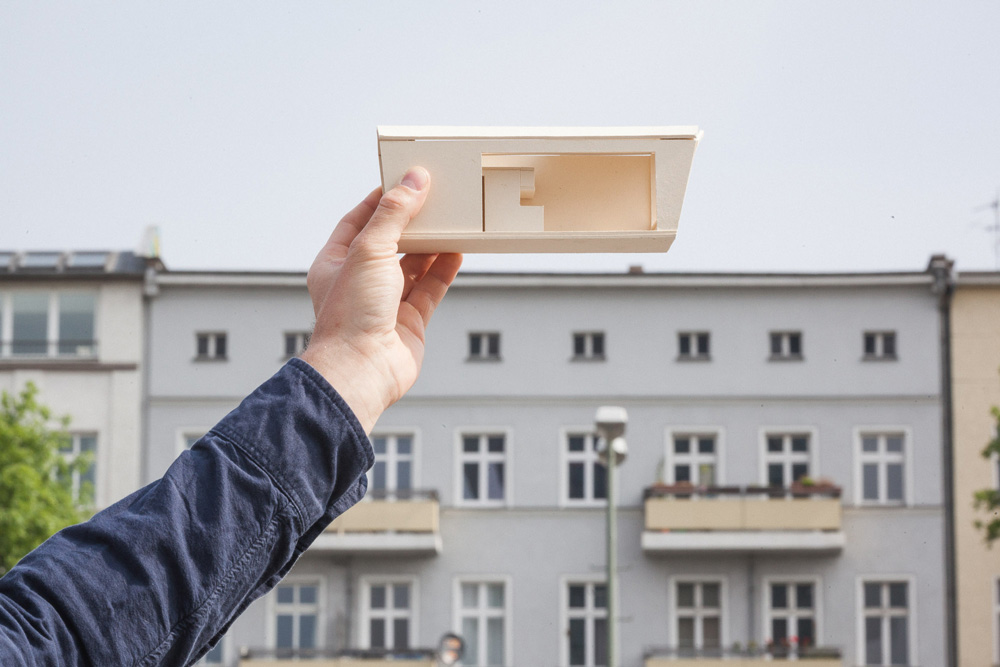

How did it feel for both of you as architects to take the entrepreneurial route? Do you still work as (traditional) architects?
Simon: If you choose the path of entrepreneurship over the promise of leisure and a paycheck, you will get one thing for sure: adventure! The last year brought us more contacts, opportunities, fun, events, friends and satisfaction than any job we had carried out before. Being self-employed, however, is not the sole answer to your problems. Even so, it gives you the chance to steer the boat on your own. And, yes, there is a dark side to all this. And you will feel it, constantly. But you’ll likely get these kinds of feelings in a conventional job as well.
Being an architect is great fun and since we’re still working in the field of architecture we sometimes deal with basic, traditional architecture work. And we love that, too.
Do you have any advice for archipreneurs who are interested in starting their own business?
Simon: Architects have an ideal starting point for becoming entrepreneurs: they are used to project- and teamwork, they have a high tolerance for frustrating situations, they problem solve through visualizing, they have an ability to think and work at any scale, they have a deep technical understanding and, of course, they have great spatial thinking. The only thing the average architecture student is missing is access to an understanding of economics. To me, economics is the most exciting field besides architecture. But I see architects burdened with a social responsibility to carefully invent the cities in which we wish to live in the future. We cannot leave that to commercially-driven interests alone. So architects will have to understand the mechanics of the economy – and it’s good fun to challenge assumptions. Promise!
How do you see the future of the architectural profession? In which areas (outside of traditional practice) can you see major opportunities for up and coming developers and architects?
Andreas: Architects have to educate themselves a lot more in the areas of digitalization, programming, economics, and the invisible infrastructure of cities (data, interests, emotions, etc.) It’s not enough to simply understand how a building is drawn and set up if you want to shape and think about the modern cities of tomorrow.
And, yes, the question that permanently hangs above us: What is our job as architects today? The challenge for the old building masters was to create elaborate buildings. The challenge of today has shifted dramatically – but there are still plenty of solutions. Architects and urban designers are predestined to make up their minds and wrap their creative heads around them, even if it is not about solving problems to do with pure architecture and designing infrastructure.
About the founders Simon Becker and Andreas Rauch
Simon – vision and concept
As architect and driving force of the company, Simon has already realized a huge range of ideas across many freelance projects via architectural competitions, product design, and smart city research.
Andreas – architect and product development
Andreas is well versed in all areas of private and public architecture, having had a hand in design, detailed design, and project management. He is in charge of fine-tuning the CABIN SPACEY concept: from its initial design and building laws, all the way down to final realization.
Join our Newsletter
Get our best content on Architecture, Creative Strategies and Business. Delivered each week for free.

JOIN THE
ARCHIPRENEUR ACADEMY
- 9 Stage Studio Growth Roadmap
- Library of In-Depth Courses
- Checklists and Workbooks
- Quick Tips and Tutorials
- A Supportive Online Community



